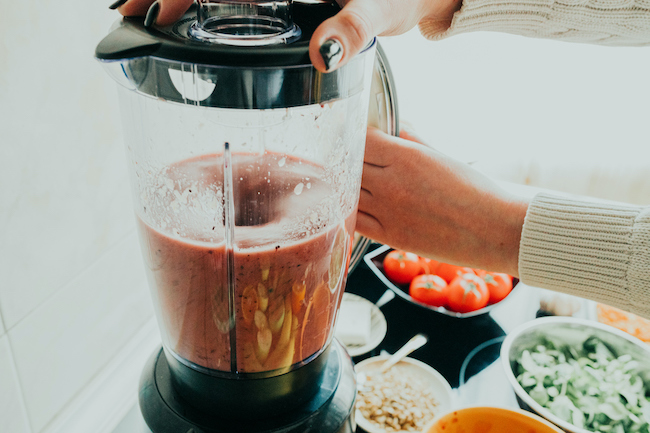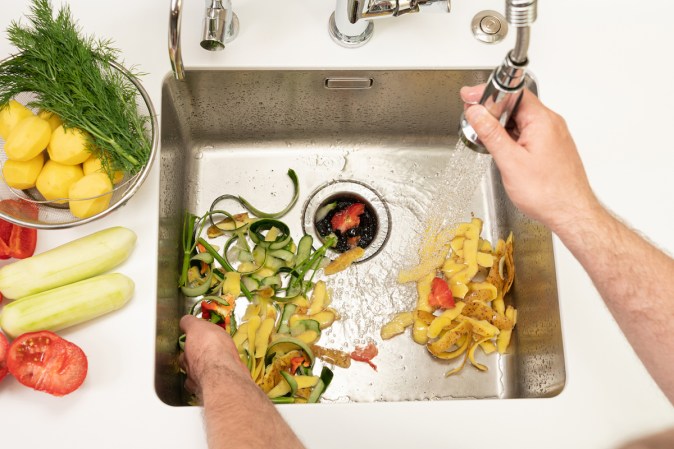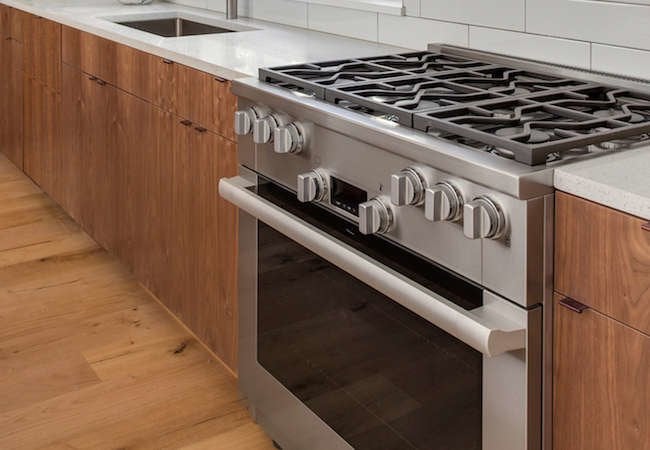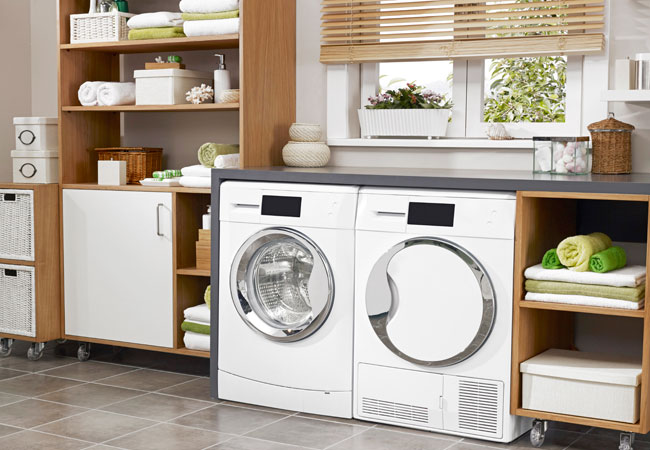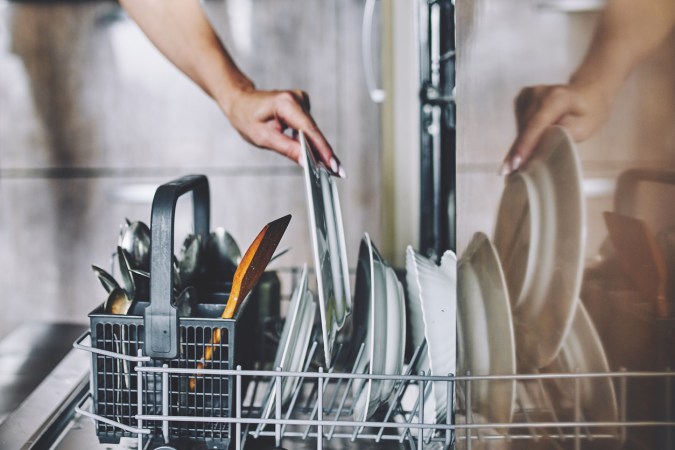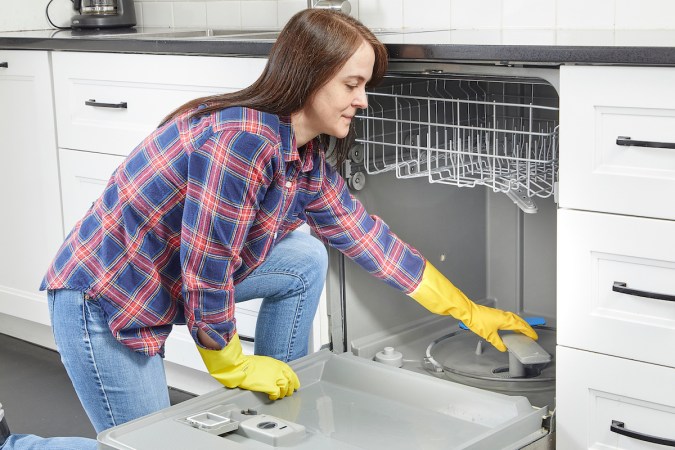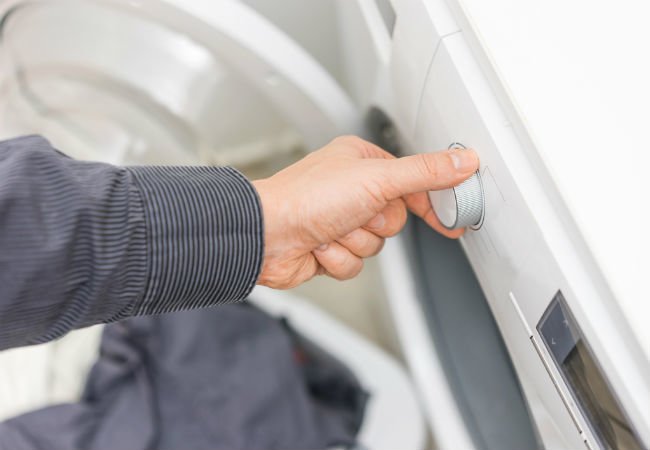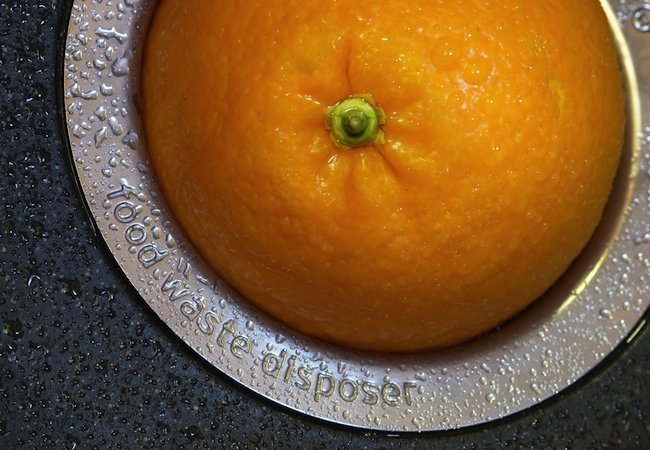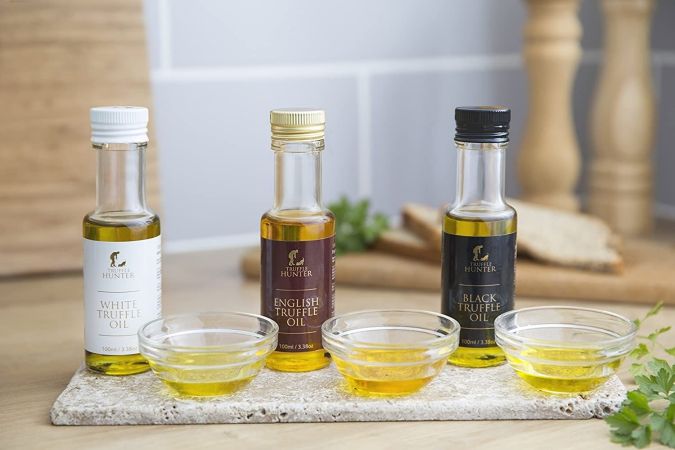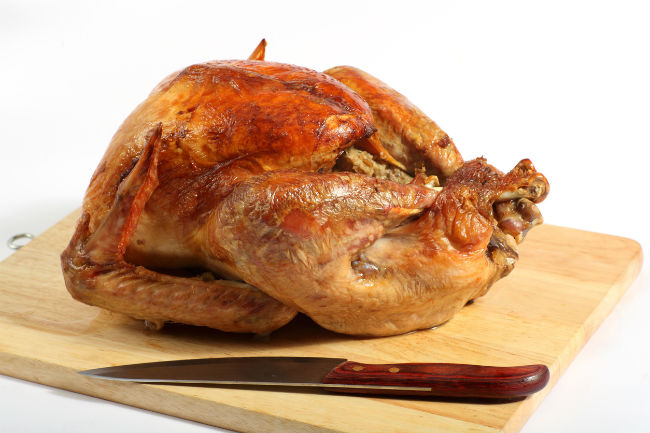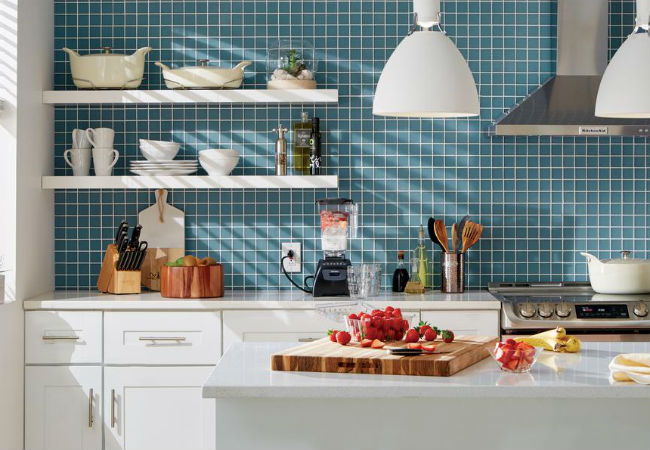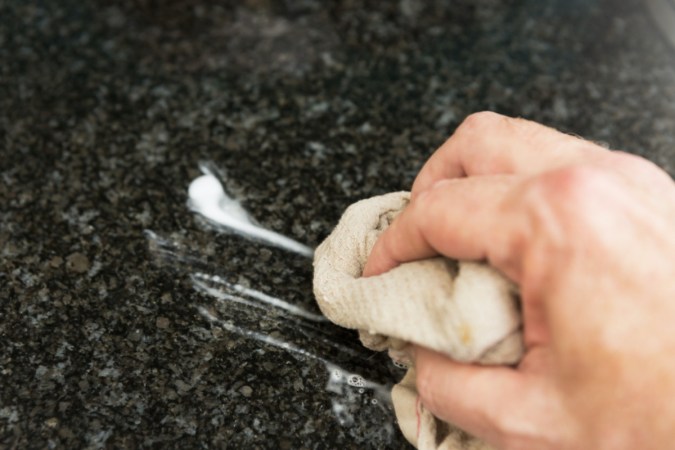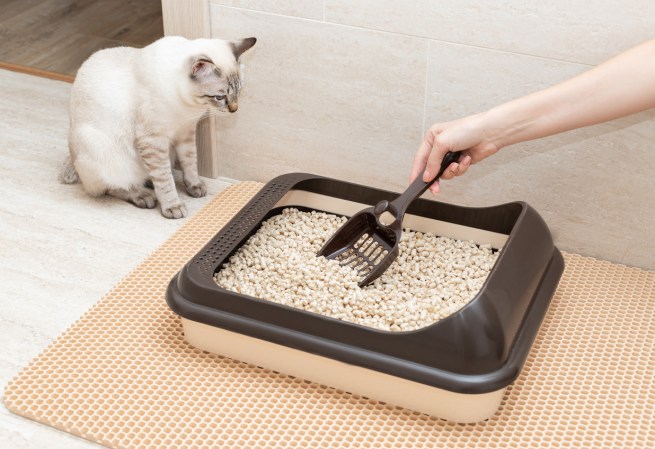We may earn revenue from the products available on this page and participate in affiliate programs. Learn More ›
The blender is one of the most important kitchen innovations of the 20th century, allowing home cooks to make smoothies, sauces, and other food items with the push of a button. Caring for this small appliance is essential to ensure its longevity. One of the first steps of proper care is knowing which items are suitable to be processed in a blender, and which items should be avoided. This list includes some of the most common items that mistakenly find their way into a blender, potentially causing damage in the process.
Mashed Potatoes and Dough
While some home cooks think it’s okay to put potatoes and dough in a blender, nothing could be further from the truth. These foods have a very thick consistency and become gooey when mixed. Dense foods tend to prevent the blades of the blender from spinning in an efficient manner, which makes the motor work harder, resulting in overheating. Not only can this burn out the motor on a small appliance, it may even result in an electrical fire. Moreover, a blender won’t give you the fluffy texture you want in mashed potatoes, and it may not properly mix dough. Stick to mashing or mixing by hand, or use a stand mixer with the appropriate whisk or paddle attachment.
Dehydrated and Sticky Foods
Sticky foods can damage your blender in much the same way as potatoes or dough. Additionally, these food items can leave a sticky residue on the blender’s blades. Cleaning the blades thoroughly after blending sticky foods can be quite difficult, and if you fail to clean them sufficiently, your next batch of blended food may have an odd flavor. Dehydrated foods like sun-dried tomatoes and prunes can dull the blades. If you must blend dehydrated ingredients, soak them in water first to soften them up and make blending easier.
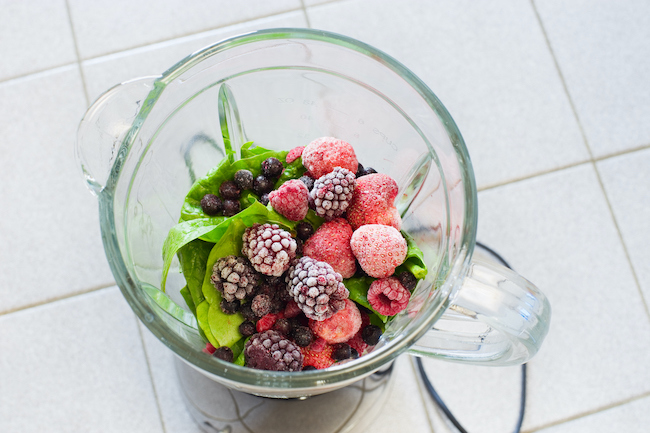
Frozen Solid and Super-Hard Foods
Any ingredient that is super hard is not ideal for use in the blender. This includes large ice cubes and frozen fruits. Super-hard ingredients can damage the blender’s blades, and require them to be replaced sooner than you expect. When working with ice, it is best to use the crushed variety to minimize strain on your appliance. If you wish to blend frozen foods, it is best to let them thaw slightly before placing them in the blender.
Whole Spices and Coffee
As for whole spices like peppercorns or nutmeg, a whirl in the blender will result in an uneven grind. If you wish to grind whole spices, a mortar and pestle or spice zester is preferable. Similarly, coffee beans should not be processed in the blender. For evenly ground coffee, use a dedicated coffee grinder.
Super-Hot Liquids
Under no circumstances should you pour boiling-hot liquid in a blender. The moment you close the lid, steam can build up, which creates pressure in the blender that can blow the lid off, causing injury and mess in the process. Your best option for puréeing hot foods like soup is to use an immersion blender (also known as a stick blender or hand blender), which can be submerged in liquid to blend directly in a pot or vessel.
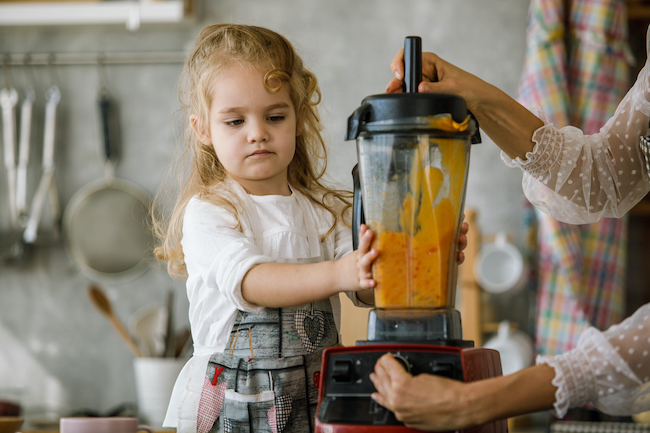
Any Kitchen Utensil
Blender manufacturers often include a spatula or a stirrer for use in the blending process. While these utensils are important companion tools to the blender, you should never put them into the appliance while it is in operation. While they are often made of silicone, a material that won’t usually damage the blades, dipping them into the blender while it’s running can cause damage to the utensils. Similarly, one should never place any other utensils into a blender while it is in operation.
Any Part of Your Body
It’s pretty obvious that you should never put any part of your body in the blender. Even when not in use, the blender blades can still cut your fingers or your hand. Cleaning your blender does not always have to entail sticking your hand under the blades. You can fill it with warm water to about one-third full, add a few drops of your liquid dishwashing agent, and operate the blender for 30 seconds. This will leave your blender sparkling clean and minimize the risk of injury.
If you want your blender to last for a long time, refrain from putting any of these damaging items inside.
A version of this content was originally published at Kitchenistic.com.
